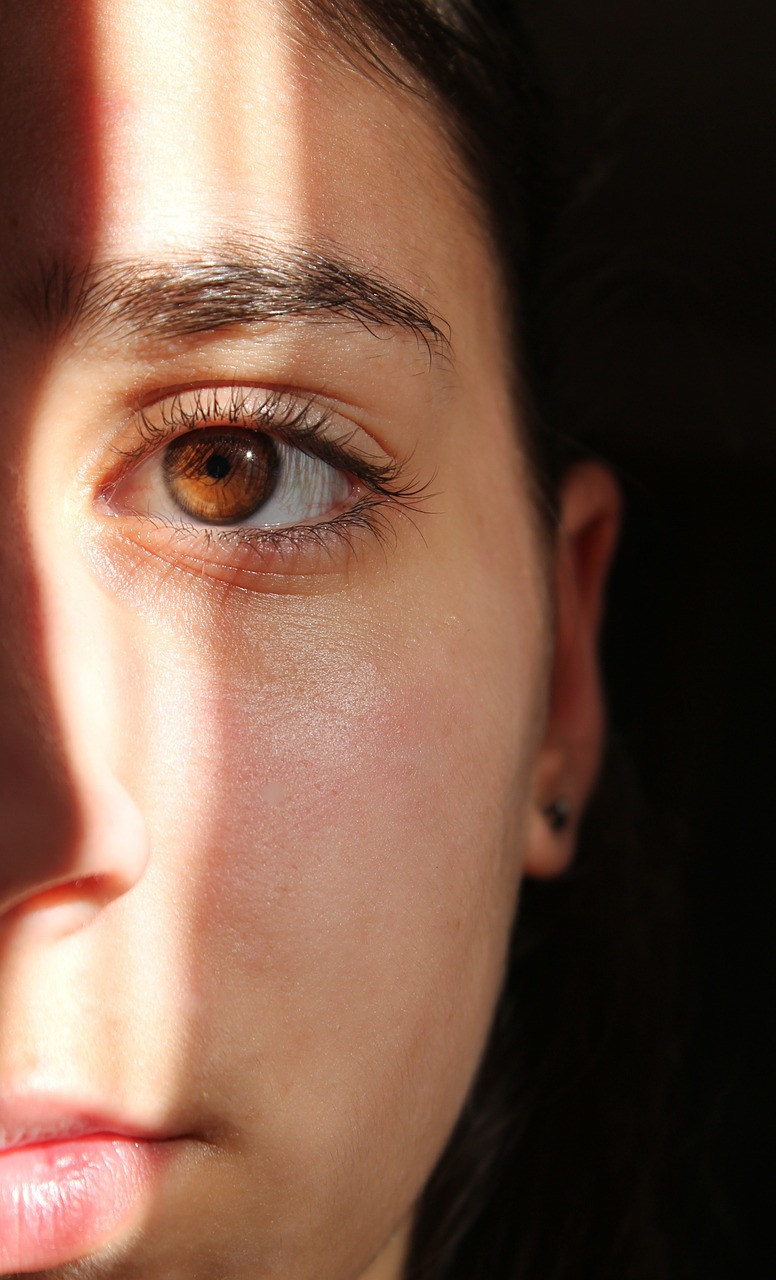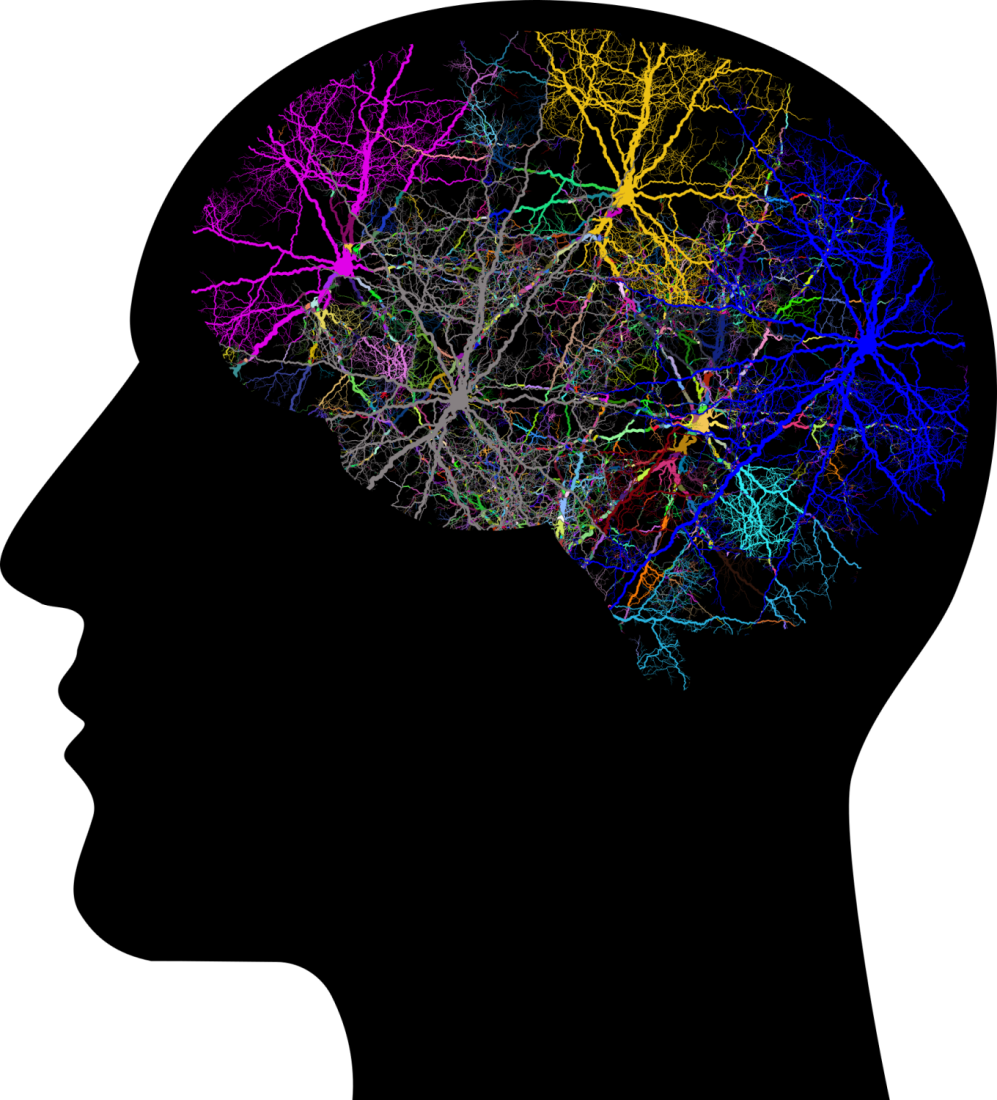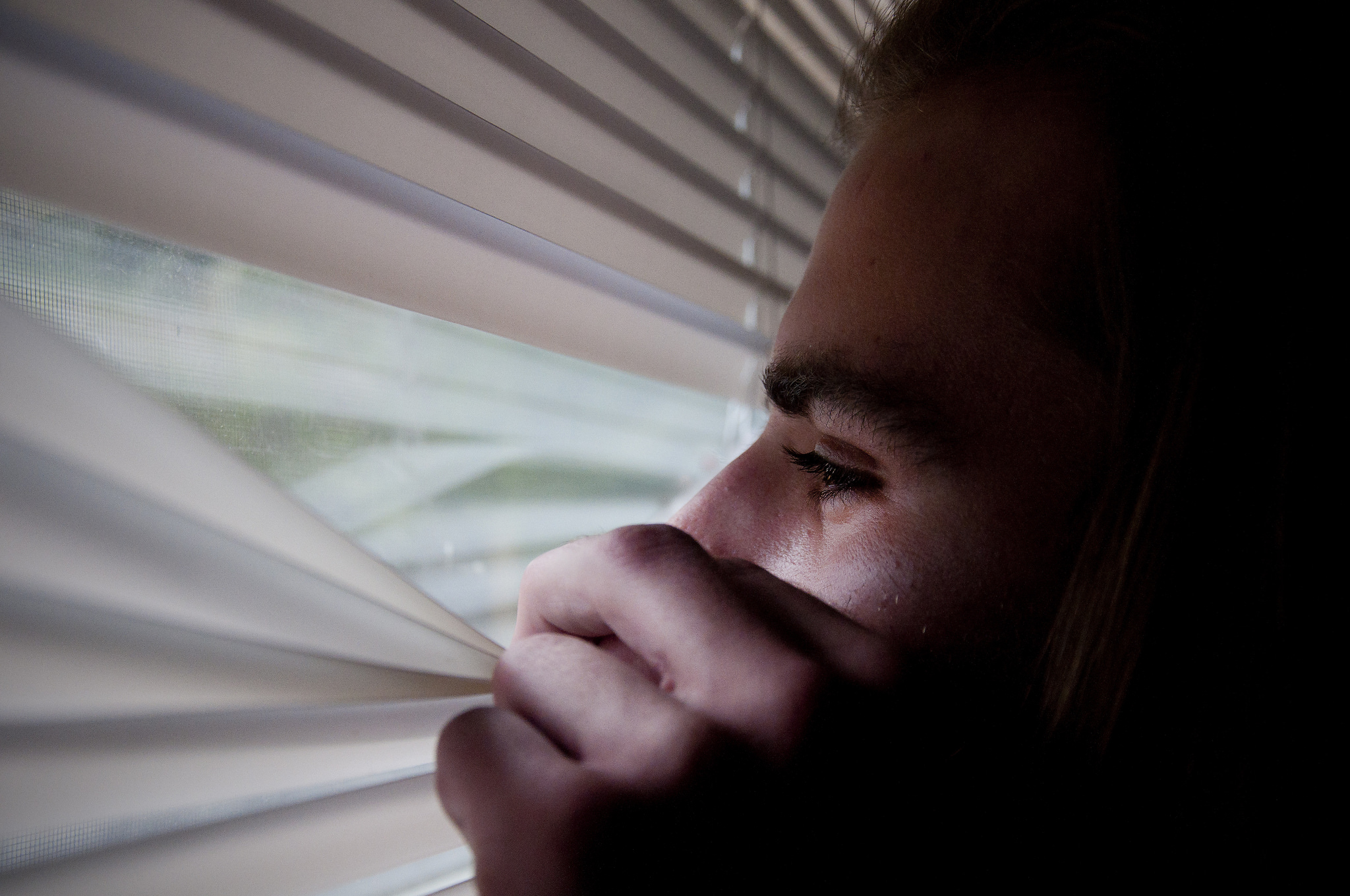Though Obsessive Compulsive Disorder (OCD) is generally not life-threatening, its effects on a person’s daily behavior can really become burdensome. The repetitive actions and/or cycles of thinking not only cause the person much stress and anxiety; they can even affect their social circles due to their very “odd” behavior.
Because of this, many people with OCD symptoms seek assistance for their issues as they wish to change. Fortunately, behavioral therapy is available to help.
Knowing More about the OCD Problem
 The debate is still on as to the exact cause of OCD. But many researchers seem to agree that it may be a combination of genetic and environmental factors that cause a person to react “differently” than others.
The debate is still on as to the exact cause of OCD. But many researchers seem to agree that it may be a combination of genetic and environmental factors that cause a person to react “differently” than others.
Infants come into this world emotionally unstructured, with birth being the first traumatic experience they encounter. Trauma, however, is something everyone desires to stop. So as the child grows, the brain reflexively responds to experiences of trauma until such time that reason and learning come in, when the child is then able to react “properly” to said stimuli (e.g. learning not to scream when surprised).
One of the many possible responses to trauma is OCD. At some point, the child discovered that certain repetitive actions or obsessive thoughts gave them a sense of control over their environment – it made them feel “safe” or “secure.” Over time, these emotional defenses became hardwired into their brain, preventing them from changing, despite the reactions or suggestions of others. Santa Monica Christian Counseling offers compassionate support to help individuals address and overcome OCD rooted in trauma.
The Need for Brain Rewiring
 Although “hardwired,” neurological studies show the brain can be rewired, if given enough time and conscious effort by the person to overcome their mind’s automatic defenses.
Although “hardwired,” neurological studies show the brain can be rewired, if given enough time and conscious effort by the person to overcome their mind’s automatic defenses.
Recognize
The first step here is to “recognize” any emotional triggers that instigate the bodily responses or change in mood. Is there a particular sound, sight, or smell that causes a person’s anxiety to begin? What are the exact responses (e.g. dizziness, shakes, shoulder pain, repetitive worrisome thoughts)?
Reflect
If something has been noted, the person ought to reflect on the possible cause of that. Was there a bullying episode in the past connected to the sound? Was it because of an accident or a time of abuse?
Redirect
Once discovered, redirection of thoughts and actions may then begin. This is where Behavioral Therapy comes in.
Behavioral Therapy for OCD Symptoms
People are naturally affected and trained by the stimuli they encounter. When a person does something that elicits a positive response (e.g. cracking a joke that leads to applause from the class), they naturally tend to repeat the action in the future. But when that person receives a negative response (e.g. receiving angry stares from others when talking in church), they usually stop said behavior.
 In Behavioral Therapy (BT), the person’s behavior is altered through operant conditioning. The patient’s mind is trained to continue “good” or “correct” behavior through positive reinforcement. On the contrary, “wrong” or “incorrect” behavior is met through a form of negative reinforcement.
In Behavioral Therapy (BT), the person’s behavior is altered through operant conditioning. The patient’s mind is trained to continue “good” or “correct” behavior through positive reinforcement. On the contrary, “wrong” or “incorrect” behavior is met through a form of negative reinforcement.
The following are some examples of BT in action for different mental disorders:
- Amanda is a 19-year-old female with social anxiety issues. When she was younger, she was repeatedly laughed at in class due to her unusual style and manner of speaking. Now, as a college student, she has become fearful every time there is an oral exam or a presentation in class.
To help her, the therapist asked her to place a positive quote at her apartment’s door for her to read every time she feels anxious before class. She was also told to place a rubber band around her wrist which she should lightly snap each time her anxiety begins to act up; and then repeat the words, “My classmates want me to succeed, and so I will.”
- Billy is a 28-year-old male electrician dealing with ADHD. Because of his disorder, he has been having difficulty at work since he is usually late and often forgets an important tool at home as he is easily distracted in the morning. To counter this, the therapist recommended that his alarm should be set an hour earlier to give him more time to prepare. He was also told to pack all his tools the night before, and not to turn on the TV when he prepares in the morning as it was distracting him.
 Casey is a 33-year-old female with OCD. As a child, her family experienced a break-in where many of her personal things were taken. Since then, she has always been worried about intruders which is why she locks and re-locks doors five times before she believes things are okay. To help her, the therapist advised her to just check each door once before going to bed or leaving the house. Once checked, she could mark her phone’s calendar that it was done so she “knows” all is okay.
Casey is a 33-year-old female with OCD. As a child, her family experienced a break-in where many of her personal things were taken. Since then, she has always been worried about intruders which is why she locks and re-locks doors five times before she believes things are okay. To help her, the therapist advised her to just check each door once before going to bed or leaving the house. Once checked, she could mark her phone’s calendar that it was done so she “knows” all is okay.
Every therapist, of course, may have their own suggestion for how to deal with such behavior, depending upon the severity of the case and the patient involved (e.g. the use of technology to record behavior might not work as well for a 70-year-old). But regardless of what is suggested, the overall goal is to somehow minimize, if not eliminate, such behavior.
Seeking Christian Counseling for OCD Symptoms
Self-diagnosis is rarely a good thing for mental disorders, including OCD. A trained therapist is usually needed to help a person objectively recognize and reflect upon the incident before redirection can come about, especially if the trauma is very painful. However, if possible, Christian counseling should be sought.
In Christian counseling for OCD Behavioral Therapy, the client will receive the latest in counseling methods to help them face their issues. But more importantly, the person will be introduced to the healing touch of God — through prayer and reading of Scripture — who can help make sense of all that has happened to them. Many times internal barricades (e.g. inferiority, feelings of unworthiness) can prevent a person from breaking through. This is why God’s love is necessary.
If you or a friend is struggling with OCD symptoms, know that change is possible. Do not let the compulsive actions or obsessive thoughts control your life. Get help soon by reaching out to a counselor at Santa Monica Christian Counseling.
“Eye,” courtesy of Guiliamar, pixabay.com, CC0 License; “Brain”, Courtesy of GDJ, Pixabay.com; CC0 License; “Tablet Time”, Courtesy of Annie Spratt, Unsplash.com, CC0 License; “Paranoid”, Courtesy of Hunter McGinnis, Flickr.com, CC BY 2.0 License


